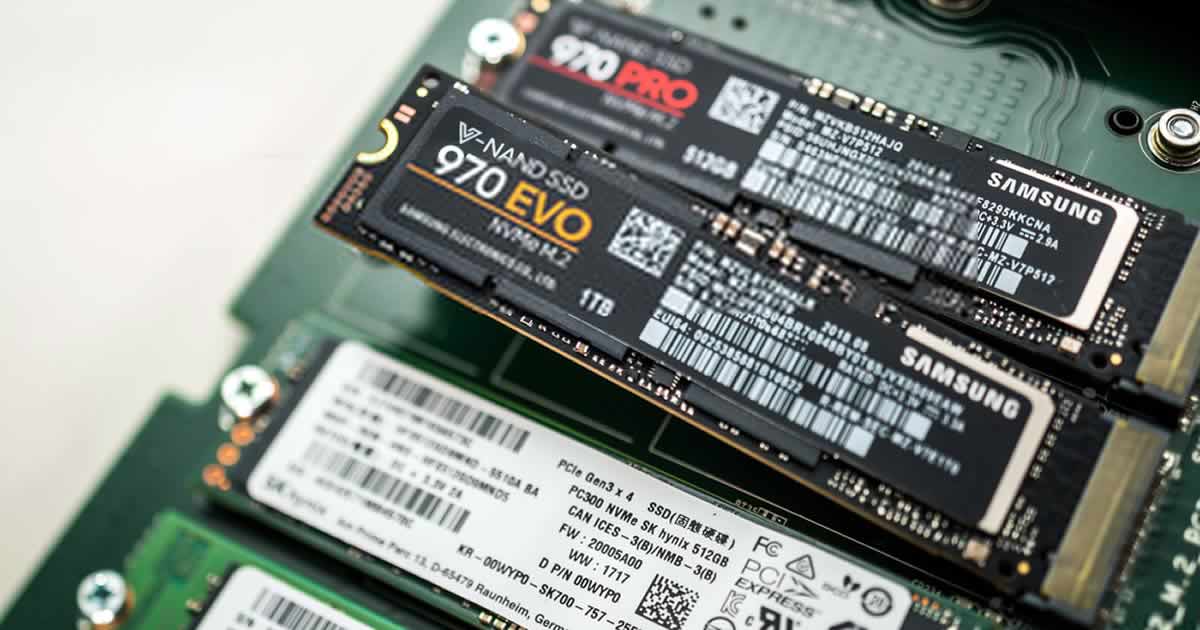
Choose the best SSD: What does SLC, MLC, TLC, QLC, and PLC mean?
In order to choose the best SSD, we will have to pay attention to the abbreviations SLC, MLC, TLC, QLC, and PLC.
Cell architecture (SLC/MLC/TLC...) affect the SSD in three way:
- the endurance (TBW)
- the sequential read and write speed (Mo/sR and Mo/sW)
- the storage/cost ratio (Gb/£)
On pcspecialist we have many SSD who use the TLC model, but it does not mean that there is no difference between them.
1) TBW stands for Terabytes Written. It can also be referred to as “endurance”. It is a metric indicated by hardware manufactures to state how many terabytes could be written to the solid state disk (SSD) during it’s lifetime. (This is usually found in the warranty)
This is an important factor for industrial use and workloads such as servers.
2) Mo/sR and Mo/sW stands for Megabytes read/write by second. It is an metric indicated to state how fast you read your files, and how fast you save the files.
Depends mainly on the uses, the capacity will not necessarily be used at 100%. May be helpfull for people who handle many files, for exemple to edit video with multiple sources.
/!\ Note for gamers:
This aspect may be affect more essentially the installation speed of games... but has almost no impact on the loading speed of a game.
SATA, NVME 3.0 and NVME 4.0 comparaison
3) The last point, how many Gb or Tb you have on your desk and for how many £. You don't need me to know what this entails.
As you know gamers need a lot of data to install games that require a lot of space.
Hope that be helpfull.
